- Write by:
-
Monday, February 14, 2022 - 12:33:51
-
747 Visit
-
Print
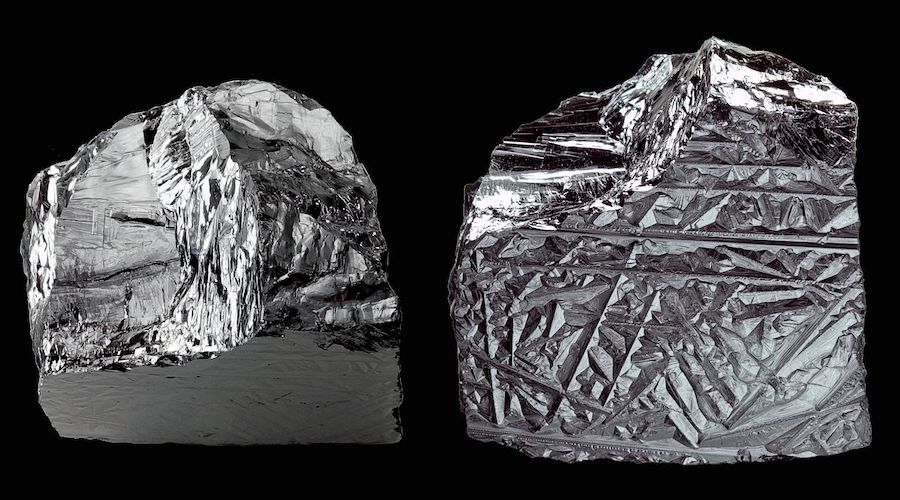
Mining News Pro - A new report by IDTechEx estimates that incorporating 20% silicon into an anode could improve a battery’s energy density by 17%, this being one of the main reasons why a high number of early-stage companies are focusing on developing silicon anode materials, compared to other areas of lithium-ion development.
Silicon has the potential to significantly increase battery energy density because it has a capacity an order of magnitude higher than the commonly used graphite.
According to IDTechEx, this means that cell-level energy density could almost double over current state-of-the-art, bringing obvious benefits to electric vehicle range or smartphone runtime.
“Beyond this headline number, silicon can also improve the appeal of lower energy cells, such as lithium-iron-phosphate (LFP), narrowing the gap to nickel-manganese-cobalt oxide (NMC) type cells and minimizing the core disadvantage of LFP, especially for battery electric vehicles,” the report reads.
The market researcher points out that, although silicon anodes have many advantages, they suffer from short lifespans because the volume changes that they undergo during cycling lead to the consumption of electrolyte and lithium and cause mechanical stresses that ultimately result in the loss of electrical and ionic conductivity.
“Incorporating porosity, electrolyte additives, and conductive and binding networks are just some of the solutions that are being developed,” the dossier states. “Silicon also has a reduced risk of dendrite formation, while the porosity and conductive additives that are generally needed further help with fast-charge capability and operation at low temperatures. Overall, silicon anodes represent a highly promising proposition and companies are now advertising cells with reasonable cycle lives, providing evidence that the key drawback of silicon is close to being overcome.”
Lithium-metal anodes
IDTechEx also makes the case for lithium-metal anodes, stating that they hold great promise for improving energy density despite the fact that they suffer from poor cycle life and are also at higher risk of dendrite formation and short-circuits.
“Solid-state electrolytes are being widely developed as a solution but designs using a thin protective barrier and a stable liquid electrolyte are also being explored as a means to enable lithium-metal anodes,” the report says. “SES is a prominent example of a company using this type of approach. In fact, the use of a more conventional separator/electrolyte system may be beneficial to energy density and manufacturability, though the safety benefits of using a solid electrolyte may have to be diminished to some extent.”
In the view of the experts at the British firm, beyond just energy density, manufacturers are also looking at fast-charging capabilities, something that silicon anodes may be well suited to do, while improvements still need to be done for Li-metal-based cells.
“Some applications may require both fast-charge capability and very long cycle lives beyond the 1000 cycles generally possible with Si or Li,” the document states. “More novel anode materials based on niobium and tungsten oxides are under development by Toshiba, Echion, and Nyobolt, with promises of 5-6 minute charging times, cycle lives in the tens of thousands but with energy densities likely to sit below LFP.”
Despite the challenges that still need to be addressed, for IDTechEx the key to the success of silicon and lithium-metal anodes is starting to shift toward how these solutions can be manufactured at scale and integrated into current battery manufacturing processes.
“With similar advantages and disadvantages, ultimately, the question will not be about the use of silicon or lithium, but the implementation of a given innovation or solution,” the report concludes.
Short Link:
https://www.miningnews.ir/En/News/620641
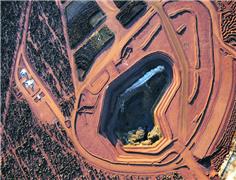
Australian miner Lynas posted a slump in third-quarter sales revenue on Wednesday, missing analyst expectations on the ...

Chile’s state copper company Codelco defended its proposed lithium production tie-up with SQM in response to criticism ...

Chile’s state-run miner Codelco plans to select a partner for a future lithium project in one of the country’s top salt ...

Chile’s SQM called another investors meeting at the request of its second-largest shareholder, Tianqi Lithium Corp., ...
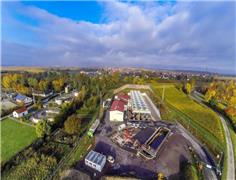
Lithium supplier Vulcan Energy on Wednesday announced the start of production of the first lithium chloride at its ...

A stuttering recovery in lithium prices is providing a fresh reminder of why the dramatic rally of recent years was ...
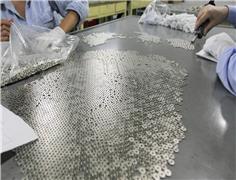
Rare earths prices in top producer China jumped to their highest in more than seven weeks on Monday on a wave of ...
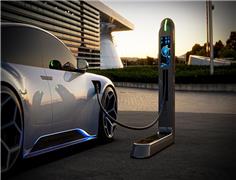
A US and European Union push to reach an accord on fostering critical mineral supply chains is set to miss another ...
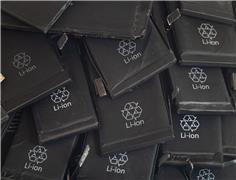
Trading of CME Group Inc.’s nearly three-year-old lithium hydroxide futures contract is soaring, with more funds ...
No comments have been posted yet ...